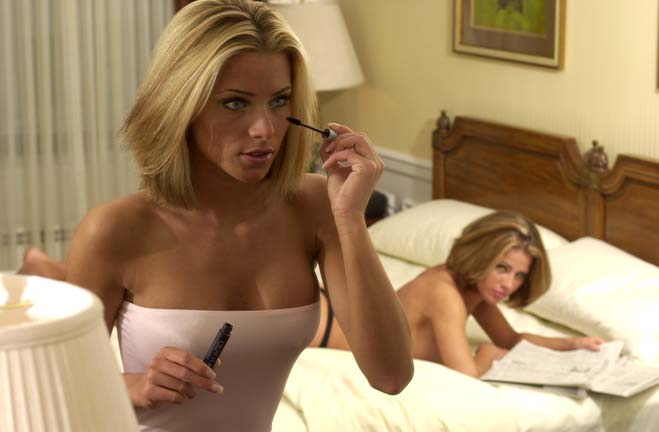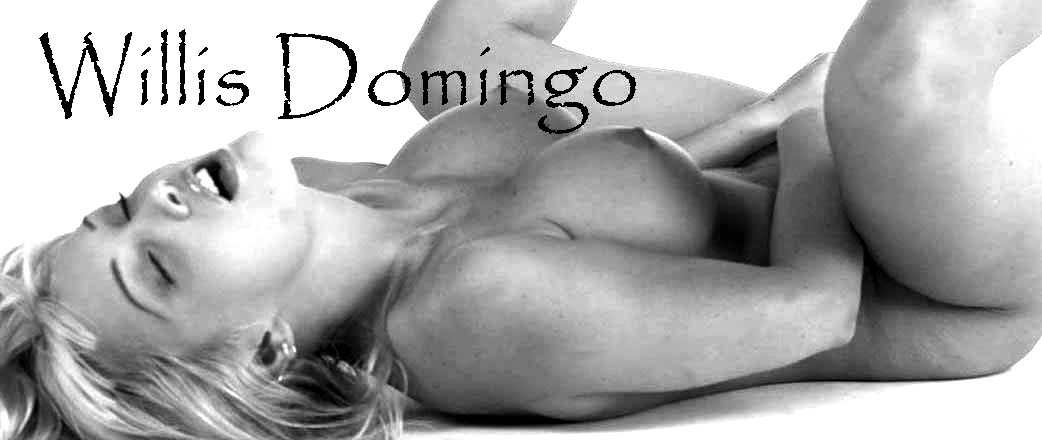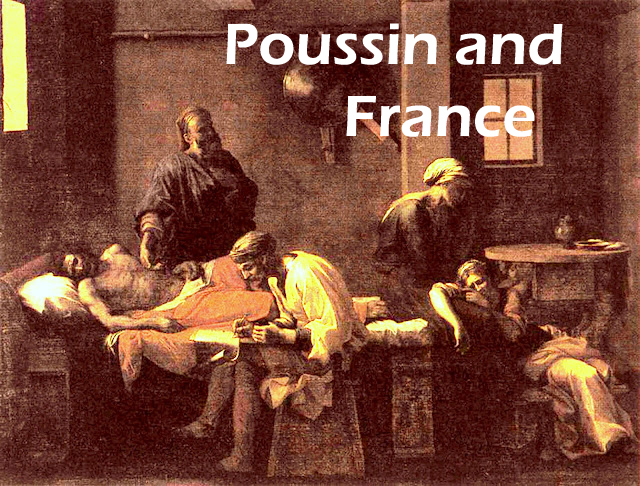|
Todd P. Olson: Poussin and France - Painting, Humanism and the Politics of Style (Yale University Press, New Haven & London, 2002) Olson has an unerring nose for the boring. What else can you say about a guy who chooses one of the finest illustrators of the erotic female nude in Renaissance/Baroque art and then focuses all his attention on didactic paintings whose attempts to be edifying are not unlike the last endless high school commencement speech you heard. The climax, or nadir depending on your point of view, is the loving analysis given to a mostly brown painting of some guy dictating his will (Does Diderot's Entretien d'un père avec ses enfants have any bearing on the continuing role of the will in French culture? Fine subject for a doctoral thesis). Not that the later work is unpleasing. The taste for sober tones recalls our current taste for dark and subdued colors in men's suits (whereas athletic clothing and the costumes of some entertainers are more homologous to the type of men's formal wear we see depicted from the 16th century). And, if we overlook the theatrical grimaces of Eudamidas and his daughter, the painting is quite moving; the restrained self-absorption of the notary and the doctor are tokens of an unforced expressivity in the human figure that Poussin began to introduce into his allegories and pastorales. It is simply strange that a serious text about Poussin should concentrate nearly exclusively on the later work with barely a passing glance at the erotic paintings. It bespeaks the embarrassing pudeur that infects academic art history generally where references to nudity in Western art range from the apologetic to the befuddled to the downright obfuscatory. The most popular strategy is to take refuge in pure historical fact gathering (medium, provenance etc.) or accepted formal analyses where a depiction of a hot Venus is reduced to a drama of linear and painterly or whatever. The worst effect is that large numbers of superb paintings, such as the dramatic nudes of Gericault and Courbet get subordinated to forest idylls or cannibalistic raft riders. Much of the direct address to erotic art comes from feminist art historians, but that is more often than not a two edged sword since the art history in their hands can be turned into a prosecutorial brief denouncing the paternalistic, sexist, racist, essentialist, capitalist and of course bourgeois society that could produce such wretched stuff. Olson is not an academic faggot. In fact the historical material he discovers and publishes is to the non-expert eye the result of excellent research. I do have quibbles with his readings. The idea that these paintings exhibit some sort of Derridian mise en abyme is a stretch. If artistic self-consciousness there be in Poussin, better to compare it to the explicit self consciousness of the Mannerists rather than to the latest fashions in philosophy. In that case we need to consider how an artistic approach like Poussin's "classicism" with its clearly delineated and structured imagery and relatively straightforward allegories can accommodate something like artistic self-referentiality. Also, despite all the pages he devotes to the pastorales, he seems to my naive eye to miss the primary poetic effect of these paintings, namely their mysterious other worldliness. Is it by chance that the landscapes in Myst like computer games recall the dream visions of Poussin? The elevated unreal position of the viewer, the ghostly but detailed distant architecture bathed in daybreak or sunset, the strange feeling of frozen action, the fact that the human figures are small but that their gestures and activities are distinct and interesting without fitting into a larger narrative, the contrast between the visual scale which is too large for a stage set but includes incidents that seem part of a drama and finally the almost sensible presence of nature - all these contribute to a feeling next to which Olson's references to civil war and pastoral poetry are inadequate. Anyway, if the paintings from Poussin's boring period are what Olson likes, more power to him. Whatever floats your boat. One of the more important of Olson's contributions is to provide an explanation of the shift in Poussin's orientation (iconography plus style). It seems to lie in a change of clientele. With the death of Richelieu and the subsequent political divisions in France the source of commissions apparently shifted from the court to the disenfranchised noblesse de robe. Not only were the tastes of the latter, according to Olson, more on the sober side, the nature of the attacks on Mazarin centered on his wastefulness, foreignness and sexual depravity. In this context didactic sober art may be an emblem of Frondeur group identity. A needed companion piece to Olson's book would be a study of Poussin's early clientele and how the nature of their commissions influenced both his subject and style. One thing is worth noting. If shifts in an artist's style and subject can be explained by changes in patronage and historical context, it is inadvisable to to look too deeply into the artist's emotional or intellectual biography. "Art writing" that can deal adequately with nudes, pornography and erotic representations is desperately needed. Right now we lack the vocabulary and conceptual apparatus to approach the task. I'm working on it!
|
Willis Domingo

There are naked women and big words inside. If you are under the age of 18, you do not belong here and should leave immediately by clicking here to exit. If you are an adult and do not wish to see erotic images of any kind or if you are simply stupid, click here to exit.

